19 Jul 2024 - {{hitsCtrl.values.hits}}
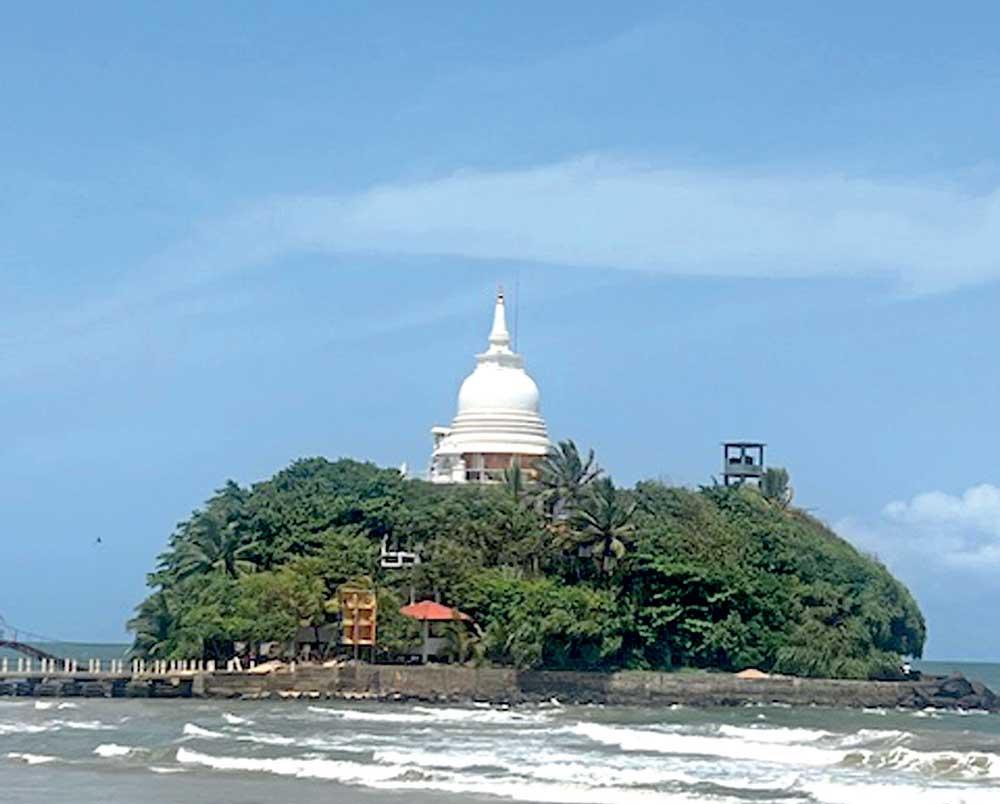
In the sea breeze we walk on part of the old fort embankment through aging archways. The first recordings of a Portuguese fort are from 1560, with the full star shaped fort being completed by the Dutch around 1765.
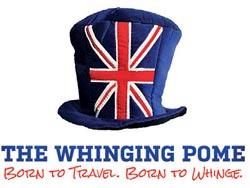 We head to Matara, our first stop down south in Sri Lanka, from Colombo. Jezzabel, Pat, Pat and me. Pat the man is married to Pat the lady. Patrick and Patricia are man and wife. They only like being referred to as “Pat & Pat”. From their getting together forty plus years ago, it’s never changed.
We head to Matara, our first stop down south in Sri Lanka, from Colombo. Jezzabel, Pat, Pat and me. Pat the man is married to Pat the lady. Patrick and Patricia are man and wife. They only like being referred to as “Pat & Pat”. From their getting together forty plus years ago, it’s never changed.
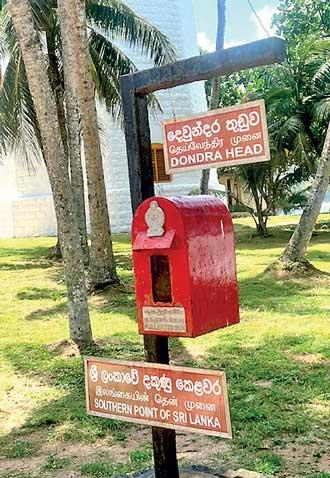 On my previous visit to Matara a decade ago the temple in the sea (Matara Paravi Duwa ) was being financially supported for renovation by the Japanese. We could not gain access. On this visit the work is still going on, mainly on the bridge but we go and climb to access amazing sea views. We walk along the water front to the Government rest house, it dates back nearly three hundred years. Old fashioned cloth fans sway back and forth above the diners. There are no punkawallas manually controlling the fans however. It’s time for a ginger beer, a great drink in Sri Lanka, reminds me of Zambia as a boy. We sit on the veranda facing the sea, though I never understand why they put the car parks in front of the sea, blocking the view.
On my previous visit to Matara a decade ago the temple in the sea (Matara Paravi Duwa ) was being financially supported for renovation by the Japanese. We could not gain access. On this visit the work is still going on, mainly on the bridge but we go and climb to access amazing sea views. We walk along the water front to the Government rest house, it dates back nearly three hundred years. Old fashioned cloth fans sway back and forth above the diners. There are no punkawallas manually controlling the fans however. It’s time for a ginger beer, a great drink in Sri Lanka, reminds me of Zambia as a boy. We sit on the veranda facing the sea, though I never understand why they put the car parks in front of the sea, blocking the view.
In the sea breeze we walk on part of the old fort embankment through aging archways. The first recordings of a Portuguese fort are from 1560, with the full star shaped fort being completed by the Dutch around 1765. We find the city museum, but it’s closed. On rattling the gate, a man on duty informs me the museum is closed for cleaning.
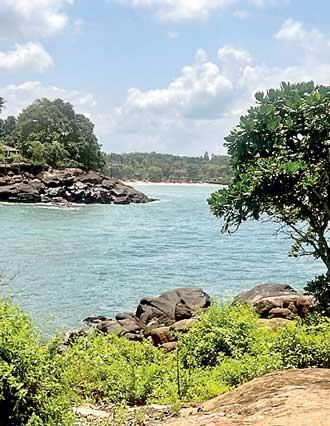
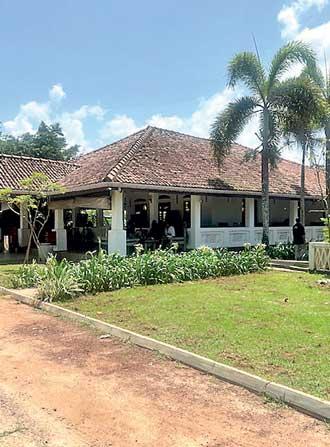
“What to do” is the Sri Lankan term you use in these situations.
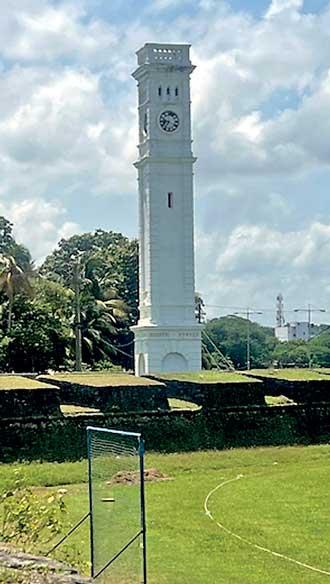 Matara, in English, roughly translates as “ Great ford/ ferry. “ It has a colourful history going back to 200 BC and always benefitted from having a major river flowing through it. There was a local revolt recorded in 1153, but it has been a commercial and agricultural centre for a few hundred years now.
Matara, in English, roughly translates as “ Great ford/ ferry. “ It has a colourful history going back to 200 BC and always benefitted from having a major river flowing through it. There was a local revolt recorded in 1153, but it has been a commercial and agricultural centre for a few hundred years now.
It’s not a big tourist location but benefits from daily visitors, many from the hot spots of Weligama and Mirissa. Dondra Lighthouse is also close by and is worth a visit, even if it’s to stand on the most southern point of Sri Lanka.
We took the back more scenic route out of Matara, i.e. the B524. No doubt this beach sea front area looks more modern. Polhena beach close by is said to be a more sheltered location for bathing.
If I’m in the area, I always enjoy a few hours in Matara. There are a number of well maintained colonial buildings to explore. The Dutch Reformed Church of 1684 is not so ornate whilst the Old Nupe Market has amazing timber work, some fifty feet above the ground .
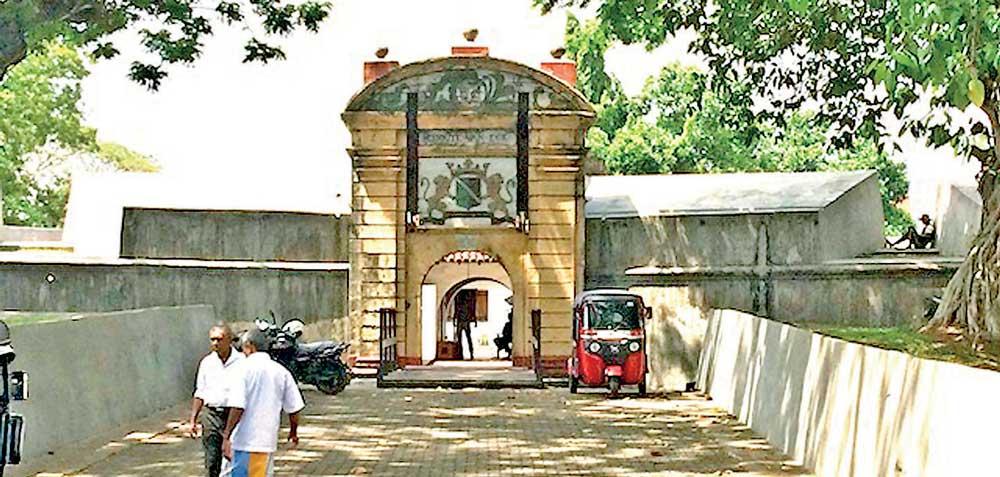
26 Dec 2024 47 minute ago
26 Dec 2024 2 hours ago
26 Dec 2024 2 hours ago
26 Dec 2024 2 hours ago
26 Dec 2024 3 hours ago